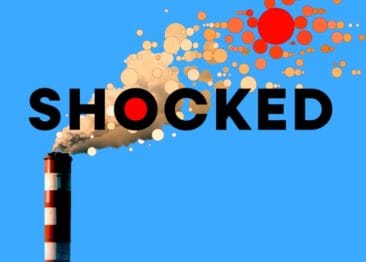
Climate Disclosure Explorer
The Climate Disclosure Explorer unpacks the societal cost of greenhouse gas emissions coming from corporate activities, known as corporate carbon damages. It plots the corporate carbon damages for roughly 15,000 publicly-traded firms, accounting for more than 80 percent of global market capitalization.
The Explorer is based off of a peer-reviewed study that found average corporate carbon damages are large, equaling about 44 percent of firms’ operating profits. Four sectors account for 89 percent of those damages—utilities, materials, energy and industrials. But the Climate Disclosure Explorer shows that damages vary significantly within each sector, with a small number of high-emitting firms driving up the average costs. The same is true for sub-industries within sectors.
If all high emitters reduced their emissions to meet the sub-industry median damages, research shows it would reduce total emissions by 49 percent. The Climate Disclosure Explorer allows users to adjust the damages of outlying firms and learn the impact on emissions by moving the outliers closer to the sub-industry median (sub-industry based on 8-digit GICS classification).

Christian Leuz
Requiring companies to disclose their greenhouse gas emissions reveals which industries and firms emit the most carbon pollution, helping to hold them accountable. This information would allow investors to identify which firms are most exposed to climate risks and policies, providing financial markets data to better price emissions. It would unleash data needed to build and enforce stronger climate policies. And, it would provide customers, employees and other stakeholders with information that could lead them to pressure firms to reduce their emissions.

Michael Greenstone
Carbon damages per dollar of profits vary greatly across countries, across industries, and even across firms within a given industry. It suggests that requiring corporations to disclose their emissions could cause high emitters to find new production techniques that involve lowering their emissions to be closer to peers—known as peer benchmarking.
Patricia Breuer
Bringing transparency to the damages resulting from emissions of corporate activities could galvanize pressure from stakeholders and help inform policy and markets. But importantly, it would allow firms and their shareholders and customers to see how they stack up against competitors and think more strategically about their emissions and the toll they are having.
























